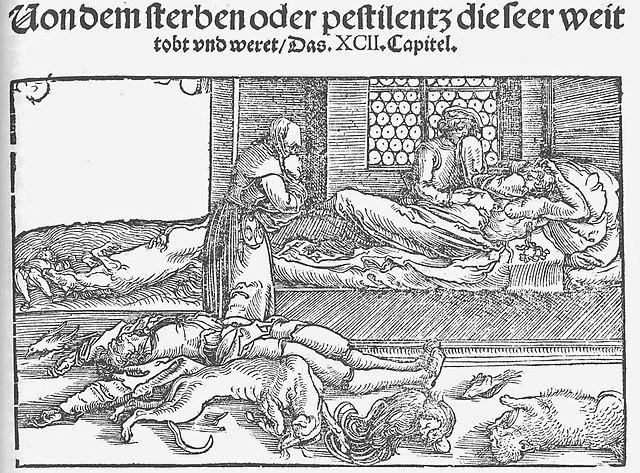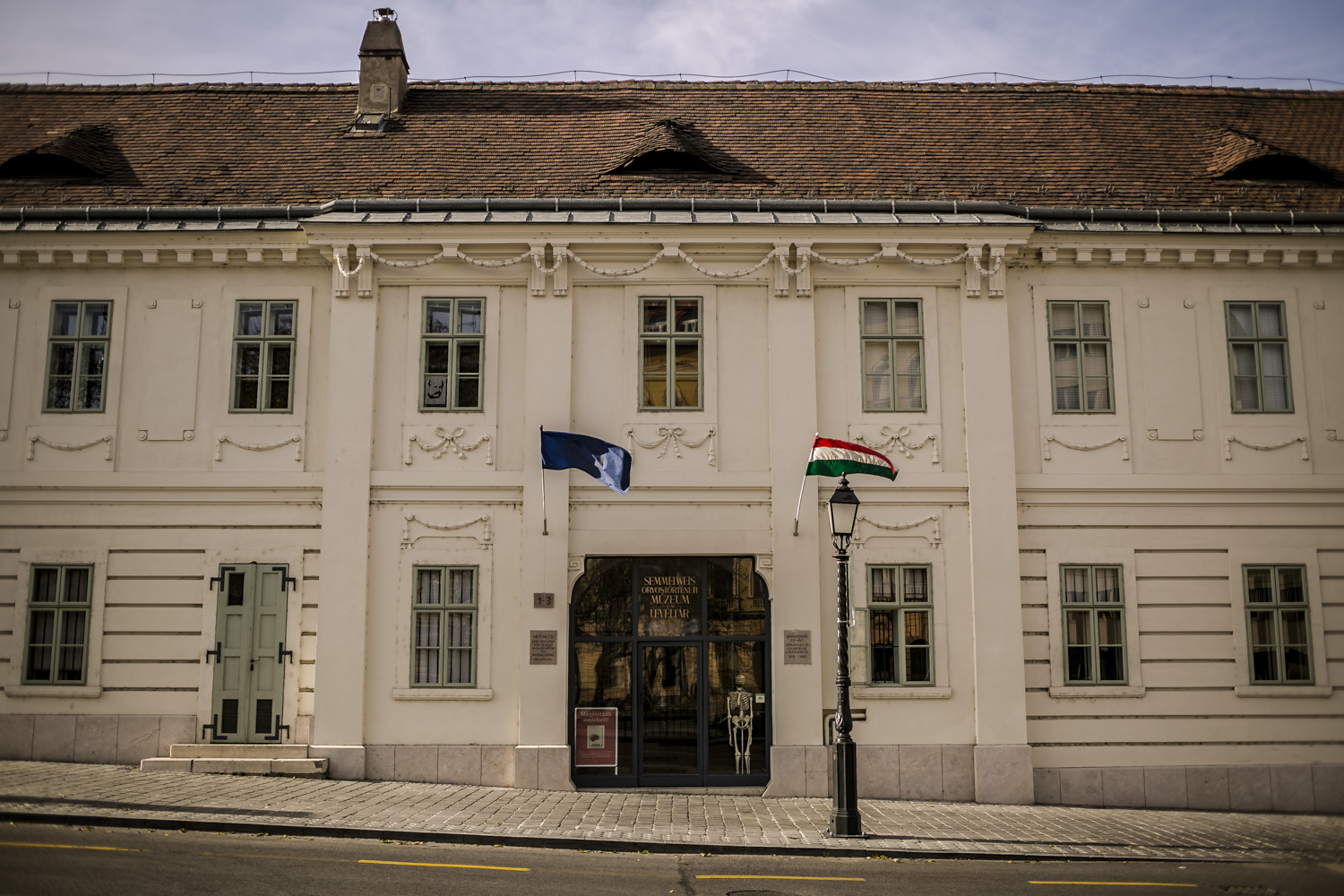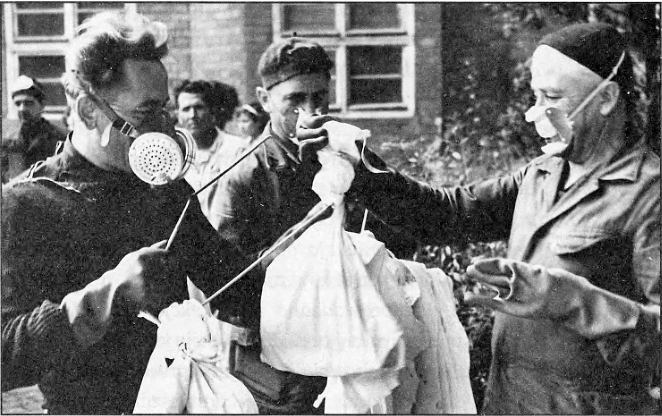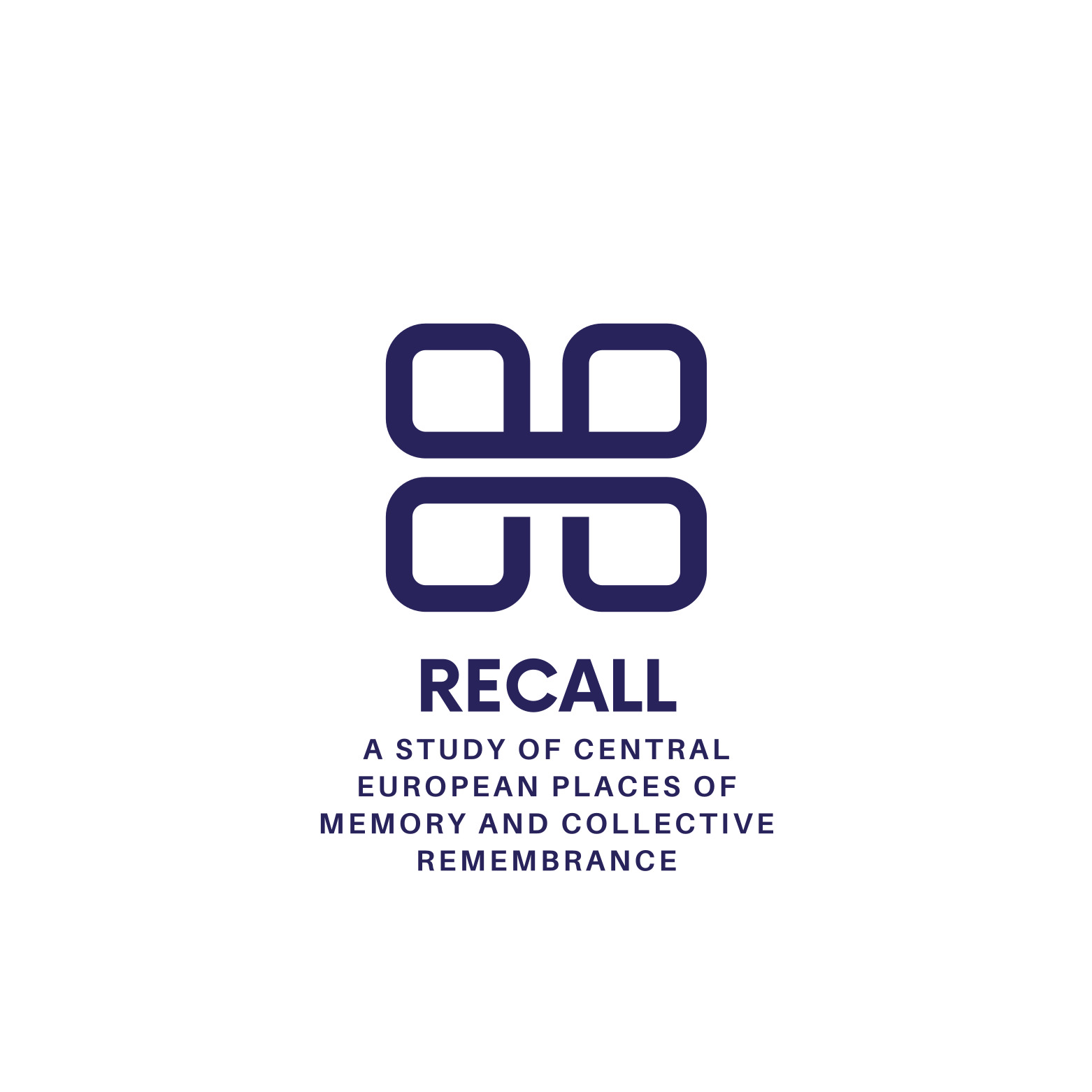
Epidemics in middle Europe manifest themselves in every aspect. From the language where the names of diseases become curses. In urban architecture, where health protection forced it to be rebuilt. Their passing was attributed to divine providence, churches, monuments and columns were built in gratitude. Today, however, the memory of the plagues is a reason to visit memorial sites, graves and monuments. We also do not forget about scientists and influential people who, thanks to their discoveries, saved the lives of countless people.
Epidemics have haunted our species since time immemorial, the fear of them has remained dormant. Covid-19 was the first disease to reach every corner of the earth; in the past, much more deadly diseases spread across large areas of Europe. Cholera, known more widely since the beginning of the 19th century, had a significant impact on Europe and even on the Polish language, where it became a kind of curse, which today is mild, but in the past could bring illness to the person who utters its name. Plagues were not only used to express one’s nervousness, but also to name certain „plagues” that plagued Poland in later centuries. Since ancient times, architects designing cities or expanding existing ones took into account the installation of aqueducts and baths to increase the level of hygiene and thus limit the spread of diseases in cities. Unfortunately, in modern times, it was only at the turn of the 19th and 20th centuries that public health began to be taken care again in a rational way by expanding urban sewage systems and hospitals. At the end of the 16th century, the situation in the then capital of Poland, Kraków, was so critical that King Sigismund III Vasa moved the seat of his court to Warsaw.
At the beginning of the 18th century, a plague epidemic swept through Central Europe, resulting in the death of many thousands of people. In many cities, the faithful raised prayers to the saints to protect them from death. When the epidemic spread in the areas of the Habsburg Monarchy, the fashion of creating plague columns dedicated to the Holy Trinity or selected saints spread. To this day, they are one of the most important tourist attractions in many cities, such as Kutná Hora. Nowadays, a new form of tourism has also developed, namely thanatotourism. It involves visiting or worshiping places related to death. In Poland, the Czech Republic and Hungary, we can find many buildings commemorating blood-curdling events during the pandemic that hit these countries, such as mass graves, churches and buildings related to the hospitalization of people. Tourists, however, do not have to focus on visiting cemeteries, they can also learn about the history of outstanding personalities who, through their discoveries or observations, saved the lives of thousands. One such figure is Ignaz Semmelweis, who invented practices that significantly reduced the cases of puerperal fever in Budapest. In this city we can visit a museum dedicated to his work.

Semmelweis – Saviour of mothers – Semmelweis Museum, Budapest
The Semmelweis Museum in Budapest pays tribute to one of Hungary’s most renowned medical figures, Ignác Semmelweis, who is widely regarded as the „Saviour of Mothers.” Born in 1818 in Buda, Semmelweis made groundbreaking discoveries in the field of medical hygiene, particularly in reducing maternal mortality due to puerperal fever. His work revolutionized obstetric practices in Europe and beyond, making a profound impact on the field of medicine and public health.

Plague image in Culture – Warsaw
Throughout the centuries, epidemics have had a huge impact on societies and culture they’ve been creating, inspiring a wide range of literary and artistic works, urging people to face the possibility of suffering and inevitability of death. The theme of plague comes back again and again, just as the plague itself, lately in the form of COVID-19 pandemic. Polish lands – although mostly spared during the Black Death outbreak in the 14th century – amongst many others experienced the destructive power of cholera and smallpox. Their traces can be found in testimonies and photographs, but also in the landscape, language and in the way of thinking.

Pandemics in Czech lands – Kutná hora
Pandemics have played, and continue to play, a significant role in the history of human societies and states, transcending the power of authority. They have the capacity to cause social disorder, suffering and sadness. Yet, they also provide a conduit for connections between people, transcending national and property boundaries. They exert a profound impact on economic, political, cultural and social aspects of life. Furthermore, the religious and political spheres are also affected, because people have a natural need to address their suffering. In the past, faith in the Church waned and numerous heresies arose; today, governments are falling. Czech history is no exception to this general rule.

